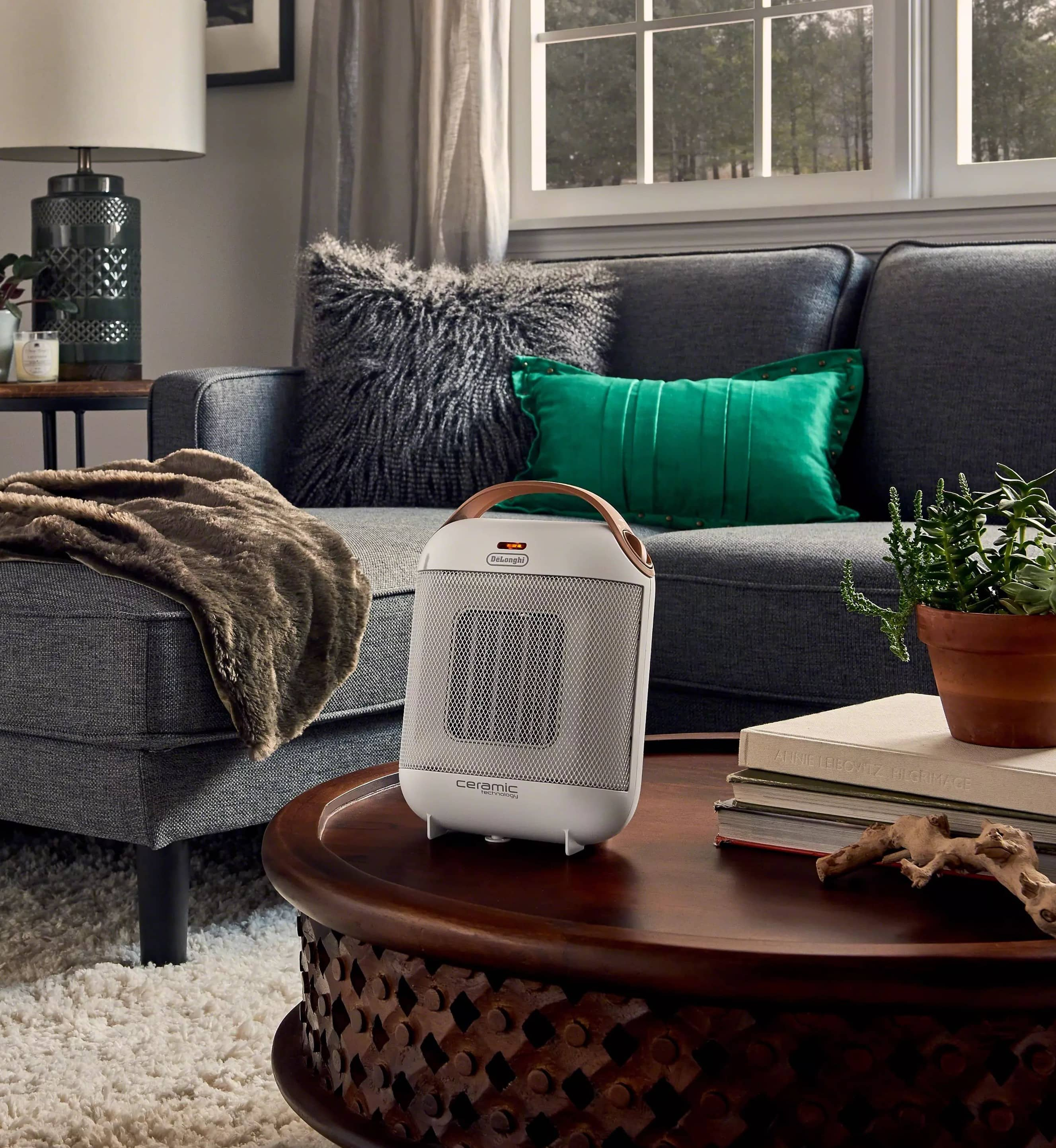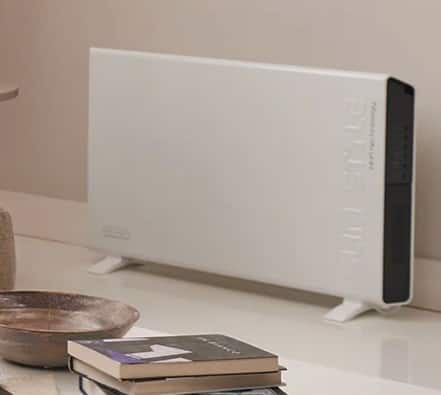On labels you will often find the words natural, washed or honey coffee. This refers to the type of coffee processing, which is the process by which the seeds are separated from the coffee fruit.
Each fruit is made up of several layers: the outer skin, called the exocarp; the pulp or mesocarp; the mucilage, a slimy layer under the pulp that gives coffee its sweetness; the parchment or endocarp; and the integument, a silver film that covers the seeds.
Coffee processing consists in removing these layers. Broadly speaking, in the washing process the pulp of the coffee cherry is removed through the use of water; the beans are then dried. In the natural method, the fruit remains whole and slowly dries under the sun. In the honey process, the coffee fruits are dried with a variable amount of the cherry still attached to the seeds.
 Découvrez notre machine à espresso entièrement automatique la plus vendue, maintenant avec fonction infusion froide ! Savourez plus de 50 recettes en une seule touche, dans le confort de votre foyer.
Découvrez notre machine à espresso entièrement automatique la plus vendue, maintenant avec fonction infusion froide ! Savourez plus de 50 recettes en une seule touche, dans le confort de votre foyer.
 Préparez sans effort un espresso de qualité à la maison avec la machine La Specialista Opera – maintenant avec Cold Brew.
Préparez sans effort un espresso de qualité à la maison avec la machine La Specialista Opera – maintenant avec Cold Brew.









